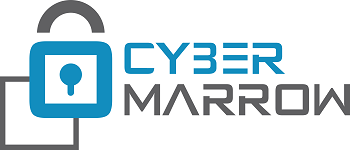Customer challenge
The customer is leading a mega technological project for transforming their organization. They plan to become a regional reference in terms of transformation, innovation, and technical excellence.
Regarding technical challenges, the customer has a hybrid architecture with single point of failure within On-Premise Data Centers, outdated infrastructure running mission-critical databases and multiple services, within financial and retail divisions, that need to be integrated and standardized to improve the quality and outcomes.
How we helped
Run an architecture review of the projects provisioned by the customer on Data Centers On-Premise and other Clouds. This engagement put focus on the standardization of processes and practices to improve the quality and outcomes. The architecture reviews were documented through assessments, findings, best practices and reference architectures.
The mission of our team consists of analyzing current architectures and finding improvement areas and possible services to integrate the cloud products. The improvements can consider the movement of workloads in lift and shift, migrations and transformations of applications, implementations in cloud native technologies and integration of hybrid infrastructures.
Our team was engaged in the review of eight different projects. These projects were led by different business units of the customer, who were positioned to analyze and design architecture with high quality standards according to the guidance provided by our team. This period was supported by a us in performing the following activities and deliverables:
Solution Provided
Result
As an impactful result of this engagement, our team reinforced the relationship with the client, adding value to the strategic partnership established. In technical terms, the leaders, architects, and engineers were positioned to analyze and design architecture with high-quality standards according to the guidance provided by us. The following are the most impact items:

